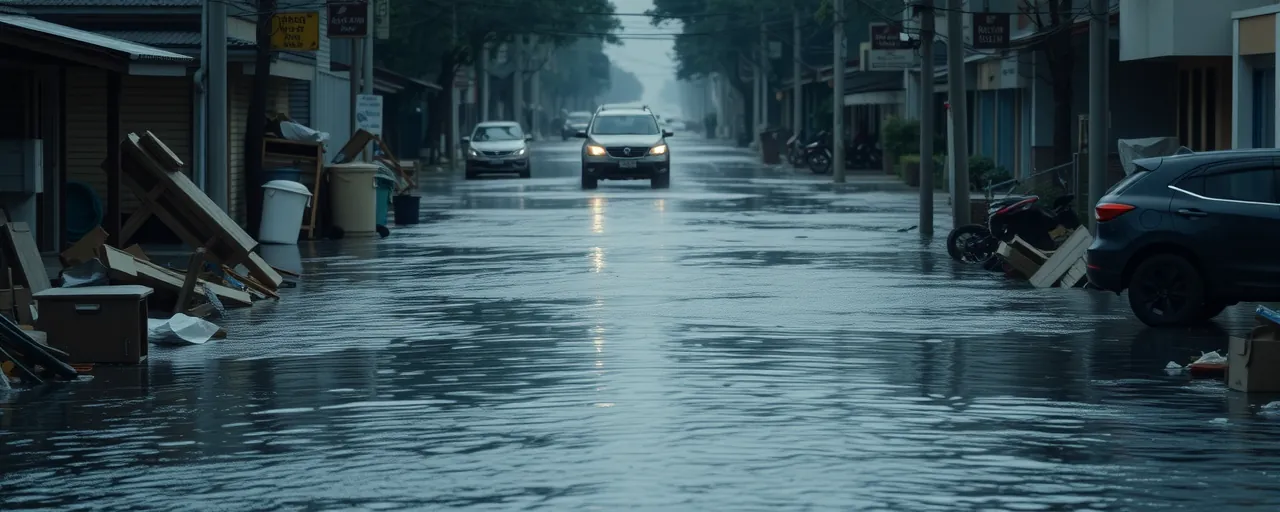A Region Swamped by Debris
Hurricane Helene hit western North Carolina hard in September 2024, leaving behind flooded towns and heaps of debris. Governor Josh Stein recently shared that cleanup crews have cleared over 12 million cubic yards of wreckage from roads and rivers. Yet, an estimated 3 to 5 million cubic yards remain, blocking recovery for many communities. The effort to restore normalcy carries a massive cost, and the clock is ticking.
FEMA and the U.S. Army Corps of Engineers have been crucial in tackling this mess. Their teams have worked tirelessly, but FEMA’s decision to halt direct support for the Corps’ operations means North Carolina must now take the lead. Stein’s administration is scrambling to hire private contractors to finish the job, a move that could drain state coffers without more federal help.
Pleading for Federal Relief
Stein is pressing President Trump to approve North Carolina’s appeal for 100% FEMA reimbursement for debris removal. Without it, the state could face a $200 million tab, a burden that would fall on taxpayers. FEMA denied a six-month extension for full funding in April 2025, citing policy limits. With a 30-day window to appeal, local leaders are anxious for a resolution.
Federal disaster aid usually covers 75% of costs, leaving states to handle the rest. For a disaster like Helene, even a small state share adds up fast. Stein’s request highlights the need to protect rural areas hit hardest by the storm. The outcome of this appeal could define the pace and scope of recovery for countless residents.
Who Pays for Disaster Recovery?
North Carolina’s challenge reflects a national tug-of-war over disaster funding. Some policymakers push for states to take on more responsibility. They suggest raising the bar for federal aid and keeping FEMA’s cost share at 75%. Their argument centers on encouraging states to invest in prevention, like flood barriers or tougher building codes, to lessen future federal payouts.
On the other side, advocates for strong federal support argue that disasters hit vulnerable communities hardest. They call for boosting FEMA’s Disaster Relief Fund and expanding programs like Building Resilient Infrastructure and Communities. Timely, unconditional federal aid, they say, is critical to help people rebuild without delay.
Both sides have valid points. The American Society of Civil Engineers notes that $1 in prevention saves $13 in recovery costs. But rebuilding after a disaster often stalls due to labor shortages, supply chain snags, and red tape. North Carolina’s ordeal shows why clear federal-state partnerships are essential.
Climate’s Growing Toll
Hurricane Helene is part of a troubling trend. U.S. billion-dollar disasters have jumped from 3.3 per year in the 1980s to over 23 annually since 2020. In 2024, 27 major events cost $182 billion. Globally, 2025 insured losses could reach $145 billion as storms, floods, and wildfires intensify due to climate change.
For North Carolina, the cleanup is just the start. Rebuilding roads, homes, and businesses will take years. Federal programs like HUD’s disaster recovery grants offer long-term help, but immediate costs strain state and local budgets. The rising frequency of disasters raises tough questions about how to fund recovery while preparing for what’s next.
What’s Next for North Carolina?
The outcome of North Carolina’s FEMA appeal will shape its recovery. Full federal funding could speed up debris removal and free up state resources for rebuilding. A denial might force tough budget choices, slowing progress. Either way, communities are counting on quick action to move forward.
Nationally, the debate over disaster aid needs fresh ideas. Investments in prevention, from stronger infrastructure to natural defenses, could ease future burdens. North Carolina’s experience highlights the importance of federal and state cooperation to deliver aid efficiently.
As disasters grow more common, North Carolina’s story is a reminder of what’s at stake. Families, businesses, and entire towns are fighting to rebuild. The path ahead demands practical solutions and a shared commitment to creating communities that can withstand the next storm.
